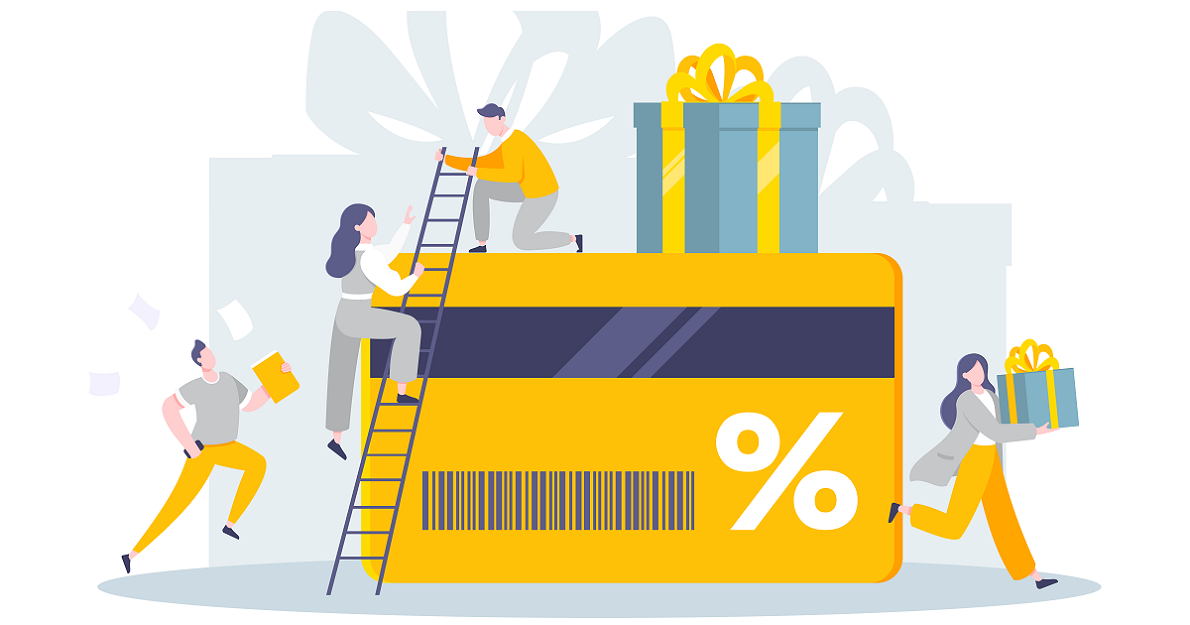It’s no surprise that the way patrons use the library space is changing. And when human behavior changes, our institutions have to change with it. Whether it’s in the academic or public space, libraries have to adjust how they view their patrons. Because they aren't just patrons – they're customers, and they expect a top-notch customer experience.
According to Andrew Roth, the President Emeritus at Notre Dame College, “Higher education is shifting because its core constituents – students – are starting to behave more like customers and are less forgiving of some of the inefficient and ineffective aspects of the academy not tailored for a strong customer experience.”
We've seen the response to those expectations behind many business models – subscription-based models like Netflix and Spotify to name just a few. In a world where the business models behind newspapers, magazines, literature, movies, music, groceries, and clothing have transformed to meet these drastic changes, libraries must follow suit or be left behind. People want things personalized, on-demand, and flexible enough to meet their needs. How? We’ve got you covered.
Our Library Report found that libraries can improve their customer experience in three simple ways:
- Shift from a collection-centric institution, to a people-centric service.
- Adapt to changes in patron behavior by focusing on the discovery experience.
- Make library services available to students and patrons where they want, when they want it.
Let’s break these down a little bit.
1. From Collection-Centric to People-Centric
It boils down to treating your patrons like real people – the customers that they are – and seamlessly fitting into their lives. It means breaking down barriers and offering library services anywhere through a mobile-first, user-friendly customer experience.
There is SO much content available online. Just look at Google: they have over 50 billion indexed web pages. More than we could ever hope to read, organize, or even pay attention to. So how can your library stand out among the noise?
2. Delivery Matters
We know content is important, but how that content is distributed is the difference between patron discovery, or oblivion.
The video and music streaming industries learned long ago that while people are interested in particular pieces of content, it’s the way that content is discovered that’s most important. That means remote, unlimited access on all devices – laptops, tablets, desktops and phones. Make sure your library is meeting patrons exactly where they are online.
3. On-Demand Access
As more open-source content is developed, libraries will have to consider their ability to let students self-direct their learning and access content when and where they need it. The key is to invest in more comprehensive services and deliver content on a single, searchable service.
Digital content continues to grow exponentially. It’s not going away. Librarians need to evolve into roles of digital preservation, data migration, and database navigation. Those may sound like fancy,even scary, words. But all they mean are librarians main role, now more than ever, is to help their patrons discover the content they’re looking for under a mountain of information. The challenge is that few publishers actually want to work with libraries in the way that librarians, students and patrons need them to. So how can you get content creators to sell digital replicas of their product, instead of just a subscription to their website?
Technology platforms like PressReader bring content from thousands of sources onto a single, searchable platform. We make it easy for students to access information using IP addresses, referral URLs, or geo-fencing to authenticate connections. When libraries collaborate with distributors, publishers, students, and other digital partners, they can reach readers where they are and in a way that makes sense to them.
The Customer Experience Matters
Because patrons act like customers, their behavior is heavily influenced by their peers. 68% of respondents agree that positive customer experiences make them more likely to use a local business. This isn’t any different for your library. In the age of busy social networks and increased expectations, you need advocates for your brand. Positive word of mouth marketing can do wonders for your library. Members of your community telling each other that the library is the ideal destination to work, learn, and discover can do more for your traffic than the best social media post you could ever cook up.
On the other hand reading negative reviews influence 40% of consumers to not want to use a local business. Bad experiences are noticed, and negativity travels fast.
So don’t be stuck in the past. Libraries need to fit into the lives of customers in the ways that they expect and are accustomed to. Offer personalized customer experiences, and help your patrons consume content exactly how they want: in a way that's mobile-first, limitless, and customized just for them. Be there to help them navigate and discover new favorites. Keep them coming back by selling your library's customer experience. Because at the end of the day, it’s that customer experience that matters above all.
To learn more about how PressReader can elevate your patron experience, have a chat with our sales team.






